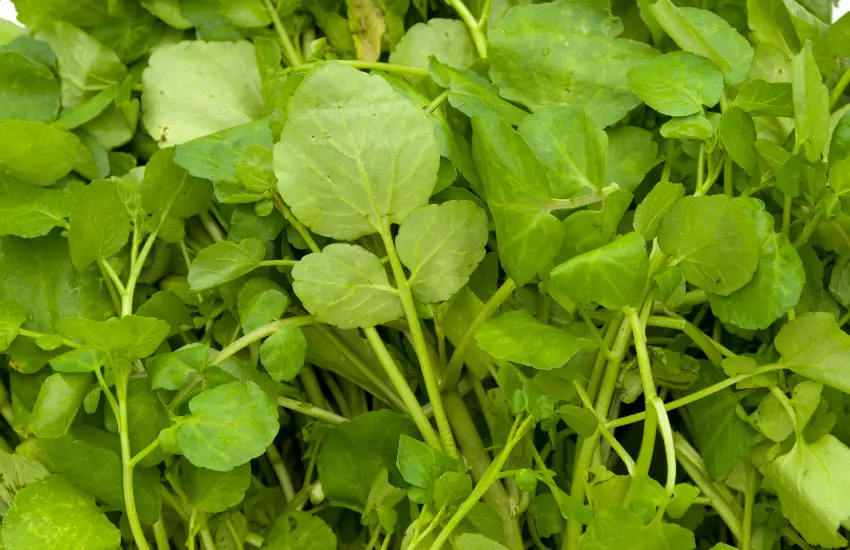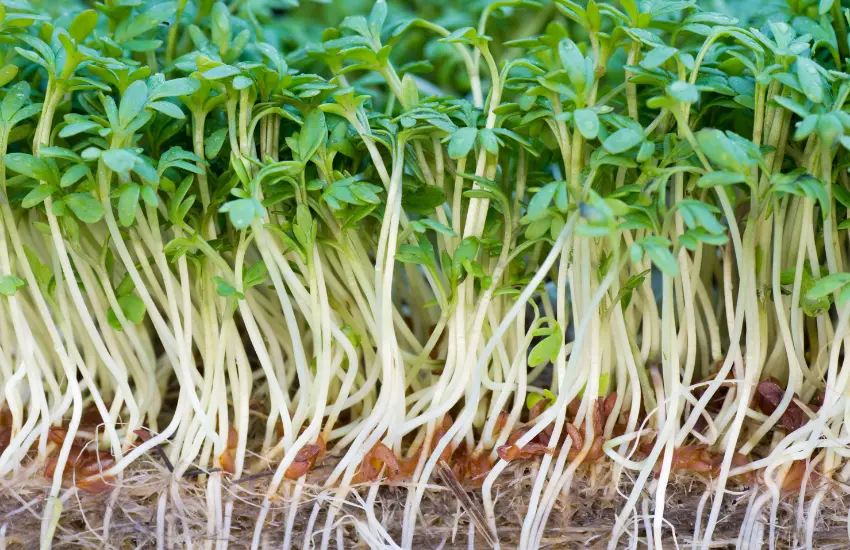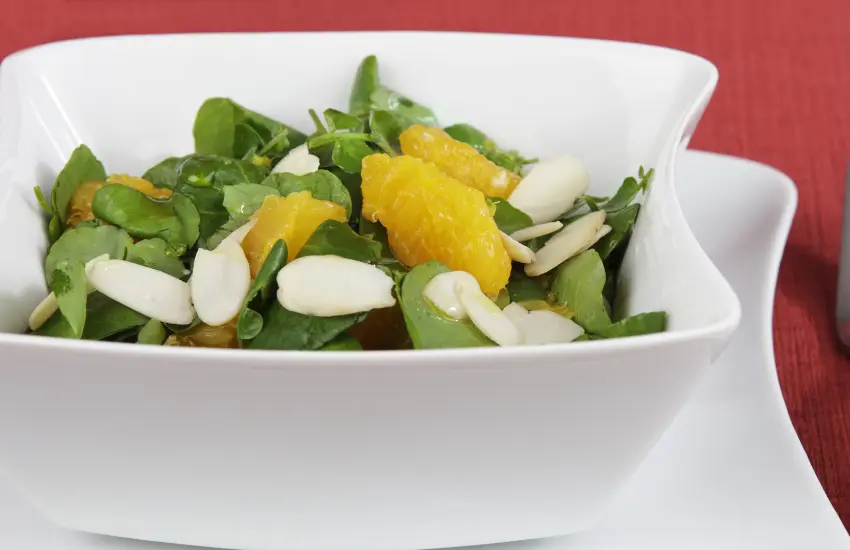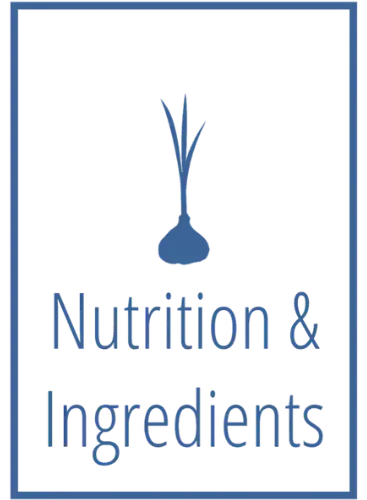6 Reasons Watercress is Dubbed the Healthiest Vegetable

In a peer reviewed article by The Centers for Disease Control and Prevention (CDC), powerhouse fruits and vegetables are classified based on the level of nutrients contributed to a daily diet.
General guidelines recommend consuming powerhouse fruits and vegetables due to links with reduced risk of chronic disease. The study researched 47 foods and identified 41 that met stated criteria to be recognized as a powerhouse food.
Because of its nutrient density scores, a dark green leafy vegetable landed at the top of the list. In this post, we summarize the findings of the original study and share six reasons why Watercress is one of the healthiest foods.
As always, this article is based on general guidance. Individual nutrition needs vary. We recommend you consult with your physician for dietary advice.
About Watercress
Fun Facts
Aside from the nutritional value, it’s always interesting to learn a little more about the foods we eat. Here is a short list of fun facts about Watercress.
Nutritional Summary
The following table provides a summary of the nutritional information for watercress.
WATERCRESS: 1 cup (34g), raw
| NUTRIENT | AMOUNTS |
|---|---|
| Water | 32g |
| Calories | 4 |
| Total Fat | 0g |
| Carbohydrates | <0.5g |
| Protein | <0.5g |
| Fiber | <0.5g |
| Total Sugars | <0.5g |
| Calcium | 40.8mg |
| Magnesium | 7.14mg |
| Phosphorus | 20.4mg |
| Potassium | 112mg |
| Sodium | 13.9mg |
| Folate | 3.06mcg |
| Vitamin A | 1080 IU |
| Carotene | 649mcg |
Source: U.S. Department of Agriculture
Six Reasons Watercress Is a Healthy Vegetable
Of the long list of powerhouse, nutrient-dense vegetables, watercress is at the top. It received a perfect score of 100 from the CDC, ahead of Chinese cabbage, chard, beet greens, and spinach.
Watercress is rich with various nutrients, including the following:
Here are the six key reasons watercress has been dubbed the top ranked powerhouse vegetable and why it’s associated with reduced chronic disease risk.
Low Calorie, High in Important Nutrients
One full cup of raw watercress contains only four calories. Despite being low in calories, it delivers a significant daily value of essential nutrients.
Watercress contains high levels of Vitamins A, B, C, and K. It’s packed with magnesium, potassium, and calcium. These vitamins and minerals are essential for bone and skin health, a strong immune system, and healthy metabolic functions.
Aids Heart Health
Two of the top contributors to heart disease include inflammation and oxidative stress, caused by an imbalance of free radicals and antioxidants that leads to cell and tissue damage.
Foods rich in antioxidants can alleviate and reduce the risks of oxidative stress. Watercress is packed with antioxidants such as beta-carotene and zeaxanthin.
The vegetable may help reduce inflammation, maintain strong blood vessel functions, and lower blood pressure. As a result, it helps protect the cardiovascular system and support heart health.

Contributes to Hormone Balance
With high levels of the B Vitamins, calcium, magnesium, and other nutrients, watercress can support healthy, balanced hormones. These nutrients have been reported to help the body maintain equilibrium through balanced metabolic functions.
Detoxify
Essential minerals and other nutrients found organically in watercress have been attributed to helping filter toxins from the body.
Sulfur, for example, is an essential mineral found in the leafy vegetable that helps repair and protect cells. Further, it’s reported to have an anti-inflammatory effect, which aids joint health and supports the immune system.
Other vegetables that provide a natural source of dietary sulfur include onions, leeks, and garlic.
Promotes Healthy Skin
As an antioxidant, watercress can spur production of collagen, which in turn helps to maintain firm skin and reduce the appearance of fine lines.
As a result, skin may have a more natural glow and improved elasticity.

Simple Watercress Salad Recipes
Watercress can be enjoyed in very simple ways. Here are a couple recipe ideas for you to make a quick salad. The taste has slight peppery undertones so it’s nice to balance watercress with earthy flavors, citrus, and a vinaigrette dressing.
Watercress Salad with Avocado and Red Onion
INGREDIENTS
After peeling the orange, I recommend slicing it against the natural so the pulp is exposed. This method releases some of the juices onto the salad, which adds a nice tangy flavor. You can also top the salad with some zest of the orange peel.

Watercress Pecan Salad
INGREDIENTS
Top either salad with your favorite vinaigrette dressing.

